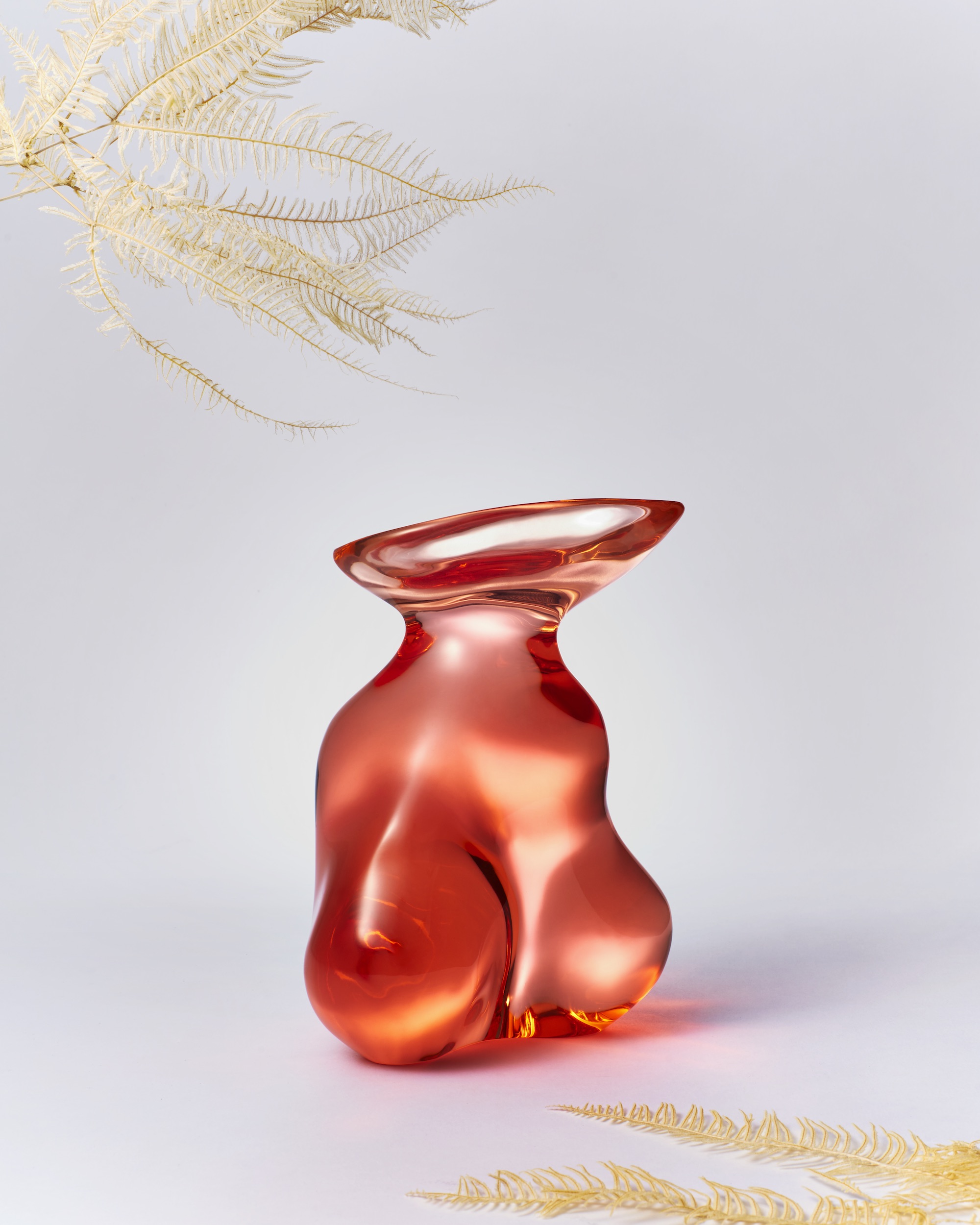
Artist Paula Hayes joins natural and sculptural forms in her otherworldly creations. For our Summer 2018 Cultured Commission, she created a miniature birdbath—providing a respite for humans and animals alike. Here, she explains the edition in her own words.
You work at both a landscape scale as well as more intimately, as with this birdbath. How does your thinking change when you are working large versus when you are working with more modest dimensions? Large typically means longer time frames and several steps need to be completed in sequence. Small and intimate typically has more immediacy in the process of creating. With a small-scale work, I can make my model by hand or design with hand sketches to communicate with a fabricator. With large-scale projects, I work with computer models and many disciplines along the way. Large-scale allows for the possibility of narrative, small allows for the feeling of being able to be held.
Your projects bring together organic materials to shape human experiences. What is the experience you want your audience to have? At the moment I am becoming more specific about what that intended experience is. I want to remind the audience how deeply we are connected to the earth and cycles of nature, how much better we will be if we remember and elevate this elemental connection to a place of critical prominence in our lives together.
Material experimentation is fundamental to your practice. What are some materials you are thinking about and starting to work with? Cast aluminum.
I love that you are willing to talk about magic in relation to your practice. What role does it play for you? There are just too many magical things that happen for me not to notice. I trust that magical things happen.
Josef Beuys was an early influence on you. What about his practice resonated with you? I always come back to Anthroposophy, a system developed by Rudolf Steiner who was one of Beuys’ most important influences. I studied biodynamic horticulture in the 1980s and taught at a Waldorf school when my children were little. Also, I always come back to how Beuys’ persona emanates through time in the environmental movement, in a completely unique way, which is really interesting now, as the environmental movement does not have a feeling of a mystical persona today like it used to…in my experience.
What are the plans for your residency at the Baltimore Museum of Art where you the first-ever landscape artist in residence? I am listening to the community of the Baltimore Museum of Art and digging into the very rich archives of the museum’s landscape as I put together my proposal. My proposal will include ways to link the greater Baltimore community to the museum. It will also address the dreams of the museum’s community as I work to make the landscape seamless and enhance connectivity in many ways.
Where are your favorite gardens? In children’s minds.
To purchase the limited-edition Mini Birdbath in Quince, visit 1stdibs.com.










 in your life?
in your life?

